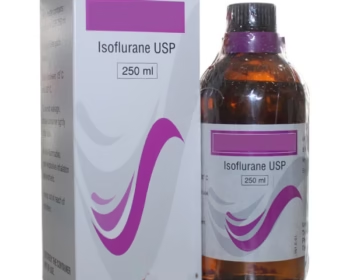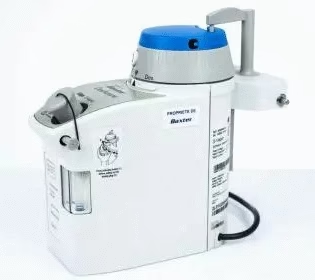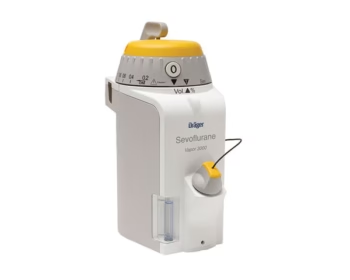Inhalational Induction of Anesthesia
Inhalational induction of anesthesia is the process of transitioning a patient from a state of consciousness to unconsciousness solely by having them inhale a volatile anesthetic agent. This method stands in contrast to the more common intravenous (IV) induction, where anesthetic drugs are injected directly into the bloodstream.






